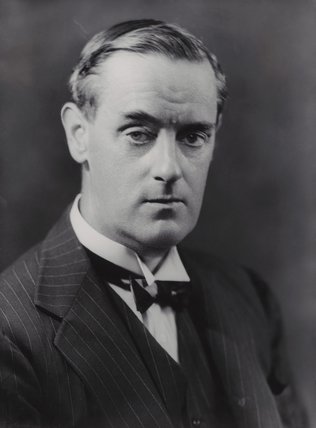
Lord Linlithgow
Permanent record of the number of animals killed by Lord Linlithgow’s party at the Bharatpur Bird Sanctuary © Diponkar Banerjee
Not satisfied by the numbers he and his party killed in 1936 and 1937 over 3 separate shoots (total kill 5,459) at what is now the Bharatpur (Keoladeo Ghana) Bird Sanctuary in Rajasthan, India, Victor Alexander John Hope (Lord Linlithgow or The Marquess of Linlithgow), then Viceroy of British India, came back on November 12, 1938, when in a single day he and his brave party killed 4,273 birds and animals in a rampage unmatched by any before or after him. I am told the only reason they could not kill more animals is because they had to stop to cool their guns from time to time.
While the British thought of Lord Linlithgow as one of the most skilled Viceroys, Indian leaders such as VP Menon thought otherwise, as stated in his book “The Transfer of Power in India”: “His 7½ year regime — longer than that of any other Viceroy — was conspicuous by its lack of positive achievement. When he left India, famine stalked portions of the countryside*. There was economic distress due to the rising cost of living and the shortage of essential commodities. On the political side, Sir Tej Bahadur Sapru expressed the general feeling thus: ‘ Today, I say, after seven years of Lord Linlithgow’s administration the country is much more divided than it was when he came here’.”
* The Bengal famine of 1943 is estimated to have led to the death of three million people from starvation and malnutrition; the number of Indian deaths during this famine was higher than during the two world wars, the entire independence movement and the Hindu-Muslim massacres that followed the Partition of India. One of several films portraying this calamity was one produced 30 years later by the late Satyajit Ray, the celebrated Bengali film director. His film “Distant Thunder” (Ashani Sanket, 1973), was adapted from the novel by Bibhutibhushan Banerjee.
Banerjee wrote several of the screenplays for Ray’s movies including Ray’s first groundbreaking movie “Pather Panchali”.






